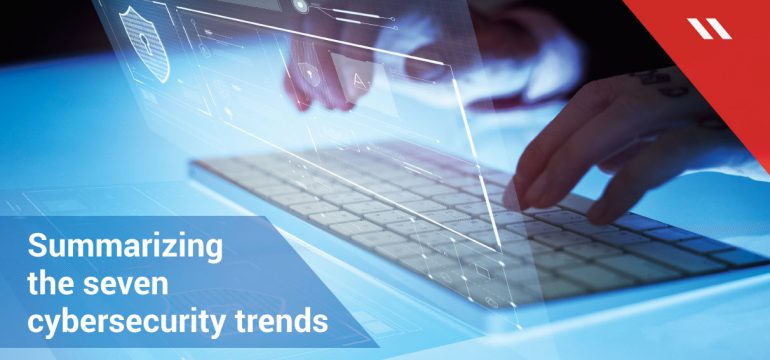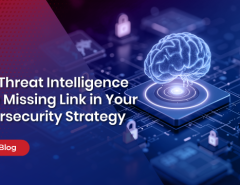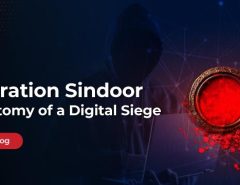Rounding up our content for the summit that just went by, it is evident that as the world enters a new decade, there will be a paradigm shift in cybersecurity. This shift is likely to be driven by a justified apprehension of the damage unchecked cybersecurity attacks can cause. One figure estimates the cost of cyber attacks to the world to rise to $6 trillion by 2020.
Some of the key trends we discussed were-
Data Security Governance Framework (DGSF)
In a recent report, Gartner highlighted a shift to prioritize data security investments as among the top trends in 2019. The research recommended that enterprises needed to assess their data protection need through a Data Security Governance Framework (DSGF) by asking specific questions about the data they collect. The key takeaway from the Gartner research was that enterprises could not depend solely on technology solutions for their data security and needed to develop their own data security framework.
Cloud Security Competency
According to research by Forrester, the value of the public cloud market would reach at least $191 billion by 2020. More and more organizations will move towards cloud computing, attracted by the range of benefits it offers such as greater flexibility and lower costs.
However, these benefits are also tempered by the many cybersecurity risks inherent of working on the cloud, chief among them being the increasing risk of data breaches and the many questions on compliance. Enterprises must ensure they keep these considerations in mind by investing in the correct cloud security competencies.
AI-based cyber protection
The world is increasingly embracing an AI-based approach to fight cybercrime. AI-based cyber protection eschews the established signature-based detection approach and identifies vulnerabilities before an attack. Through self-learning techniques, AI can scan huge amounts of data of various types to make predictions on vulnerabilities and attack vectors. By using AI to fight cyber threats, enterprise can make significant cost savings and improve efficiency.
Staying compliant with data protection legislation
Whether it is GDPR or India’s planned new data protection laws, governments all over the world are taking measures to deal with data protection. In an increasingly connected world, enterprises must continue to ensure they understand these laws and take measures to comply with them because the threat of non-compliance will attract extremely stiff penalties.
Implementing Security Operation Centers (SOCs)
Another key trend outlined in the Gartner report mentioned that there is a renewed interest among enterprises towards moving towards implementing or maturing Security Operation Centers (SOCs). This shift is prompted by a growing acceptance that threat prevention cannot be the sole objective of an enterprise’s cybersecurity approach. As cyber threats evolve, enterprises must also align their approach towards threat prevention and detection and move towards developing modern-day SOCs with these capabilities.
Fighting the evolving threat of ransomware
The threat of ransomware continues to evolve. Makers of ransomware have pivoted to targeting enterprises as they resemble softer targets and are hence at greater risk. As attacks become more targeted, enterprises must be proactive and continue to take sufficient measures to protect their networks from these threats.
Recognizing the ‘kill chain’ of a cyber attack
To stay one step ahead of cybercriminals, enterprises must take measures to understand the planning that goes behind a cyber attack. They can refer to the ‘kill chain’ which constitutes seven phases: Reconnaissance, Weaponization, Delivery, Exploitation, Installation, Command and Control & Action on Objectives. By recognizing what actions attackers take at each phase and what they target, enterprises can make guided interventions to prevent attacks.
As a leader in enterprise security, Seqrite understands the threats that plague enterprises today. We offer a wide range of solutions designed to protect every aspect of cybersecurity for the enterprise, ranging from endpoint security to data protection to a whole lot more.




